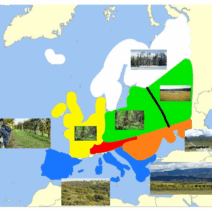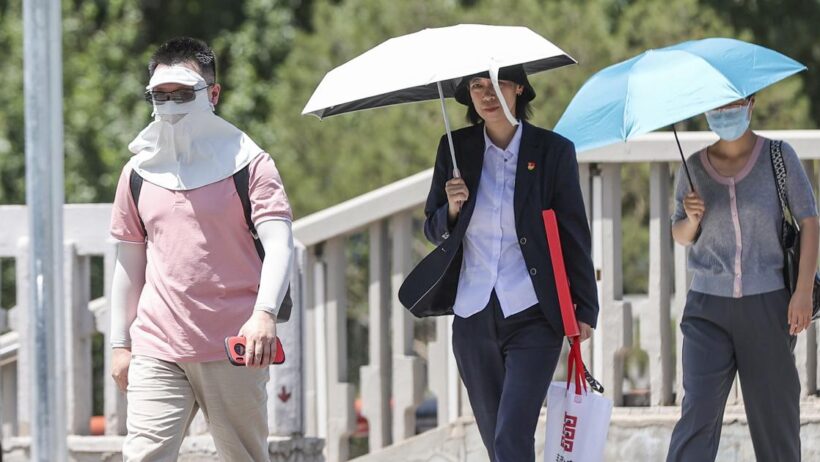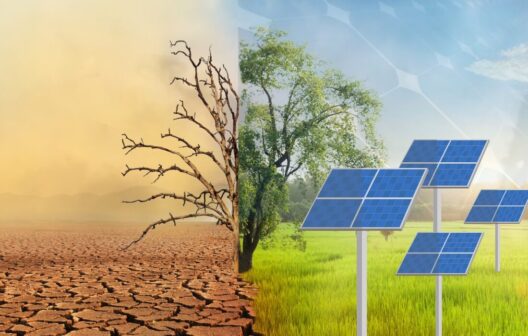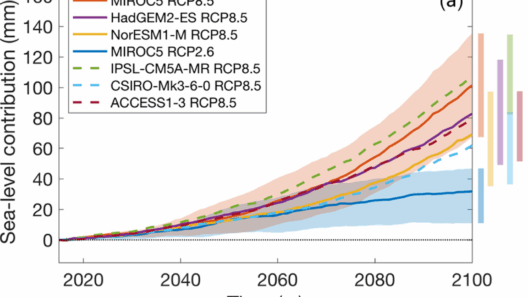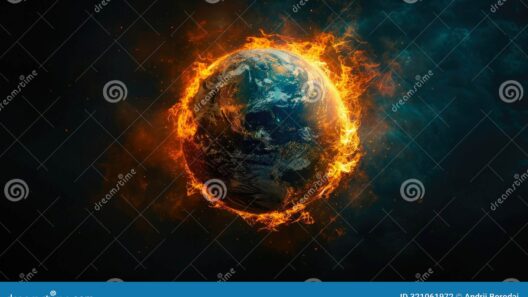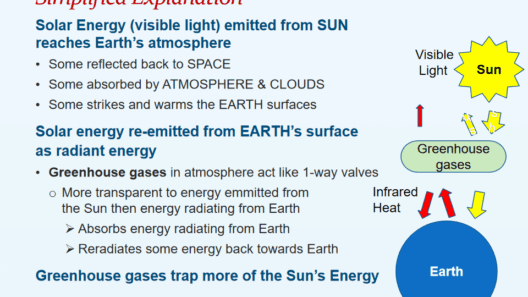Global warming, an insidious giant lurking in the shadows of our existence, casts a long shadow on people from various walks of life. Its impact is not limited to rising temperatures or melting ice caps; it burrows deep into communities, altering livelihoods and reshaping destinies. Each story reflects not just the change in temperature, but the profound metamorphosis in human experience. As we traverse the globe, we uncover chronicles of those affected by this relentless force.
In the sunbaked landscapes of Africa, farmers like Joseph in Kenya face an existential crisis. The once-reliable patterns of rainfall have become erratic, resembling the unpredictable heartbeat of a mythic beast. Joseph used to cultivate maize, sustaining his family and his community. But as droughts extend their grip, the once-sacred soil turns into a parched expanse far removed from its fecund past. With each harvest jeopardized, his dreams of a flourishing future evaporate under the unforgiving sun, leaving behind a stark reality of hunger and despair.
Traveling across the oceans, we reach the Pacific Islands, where the stories of inhabitants like Maria of Tuvalu echo the plight of entire nations. Rising sea levels, a direct consequence of global warming, turn her home into a vulnerable outpost. The encroaching tides lap at her doorstep, symbolizing not just a geographic threat but an assault on her culture and identity. For Maria, the ocean has transformed from a nurturing force to a harbinger of displacement, as the land she cherishes slowly vanishes into the embrace of the sea.
Furthermore, in the bustling streets of urban metropolises like New Delhi, air quality has plummeted, exacerbated by both fossil fuel emissions and changing climate patterns. Here, the pervasive smog serves as a persistent reminder of a broader, more daunting narrative. Lives are enveloped in a thick haze, and individuals like Arun battle respiratory ailments that force them to reconsider their everyday routines. The city, once vibrant and alive, resembles an unwell patient struggling for breath, fighting against a condition it seems powerless to rectify.
The emotional toll of climate change extends beyond environmental degradation; it engenders a profound psychological burden. In remote communities such as those in Alaska, indigenous peoples like the Iñupiat are grappling with a disheartening cultural transformation. Traditional hunting grounds, once teeming with wildlife, now face the dual onslaught of melting permafrost and disappearing sea ice. With these changes, the Iñupiat find their age-old practices threatened, altering not only their diets but also their connection to ancestral knowledge and identity. The frigid landscape—once a stalwart guardian of their heritage—has morphed into a stark reminder of fragility and loss.
Yet, amidst this tapestry of adversity, stories of resilience and adaptation emerge. In the heart of Bangladesh, communities are turning to innovative solutions. Farmers are transitioning to flood-resistant rice varieties, demonstrating how necessity can spur ingenuity. Their narratives reflect not merely survival, but a collective, determined march towards sustainable resilience—an armor fashioned from traditional knowledge blended seamlessly with modern science. Here, the river no longer acts solely as a foe, but as a collaborative partner in reimagining livelihoods.
Conversely, the narratives from urban settings like New York City unveil a different facet of global warming—a reflection on infrastructure and preparedness. With increasing frequency of hurricanes, the city has undertaken extensive measures to fortify its resilience. Communities come alive with initiatives focused on green architecture and sustainable urban planning. Unlike the relentless monster of climate change, these urban dwellers respond with robust strategies, embodying the metaphor of a phoenix rising from the ashes as they redesign their environment to mitigate future risks.
In agricultural heartlands, innovative farmers are adopting regenerative practices. Here, the earth is viewed as a living entity rather than a mere resource. Local farmers engaging in agroecology practice can serve as guardians of the soil, nurturing its vitality while producing food sustainably. Their efforts reveal that, even in the face of dire challenges, hope persists. And the landscape transforms into a tapestry, woven with threads of resilience, commitment, and collective action.
The collective narrative, enriched by diverse experiences from across the globe, unveils an intricate interplay between despair and hope. Global warming may be a formidable adversary, but the stories of those confronting it unveil an undeniable truth: humanity possesses the remarkable capacity for adaptation and transformation. The analogies of landscapes disrupted and lives reimagined resonate like the strokes of a brush on a canvas—each stroke depicting the nuanced evolution of society facing the harsh realities of climate change.
Ultimately, as we weave through these tales, the fabric of shared humanity becomes apparent. Though the challenges posed by global warming are monumental, the human spirit remains indomitable. It is a collective resilience that renders the narrative incomplete, rife with potential for healing and transformation. The real stories from around the world illuminate the path forward—a testament to the enduring ability of people to innovate, adapt, and thrive, even in the face of a changing climate.
